
Back in June, I hatched up a plan for the front yard, which would replace bad lawn with hardscaping and include two vegetable beds (to be planted in the 'square foot garden' style). And Tim of San Isidro Designs brought it all off the page and into my yard. He's done some really great landscaping with similar materials, and I thought it looked even better than the plan. The above photo is from mid-July. Because it was so hot then, the pride of barbados is the only plant that went into the decomposed granite area curbside, but I had some plants in mind to put in either fall or spring.
Then about a month ago, as fall vegetable planting time approached, it hit me that there was a mere 3 feet of unobstructed granite between anyone walking their dog along the street and the beds for vegetables. Not ideal. So, I started scrambling for planting ideas, with some help from Tim again. I was really influenced by how gorgeous the fall grasses are over at Mueller, so it was grasses and a few specimen plants.

Parry's rosette style agave from Barton Springs Nursery, purple prickly pear and low-growing artemisia from Great Outdoors

Veggie beds with new dirt, just before the granite areas were planted last week
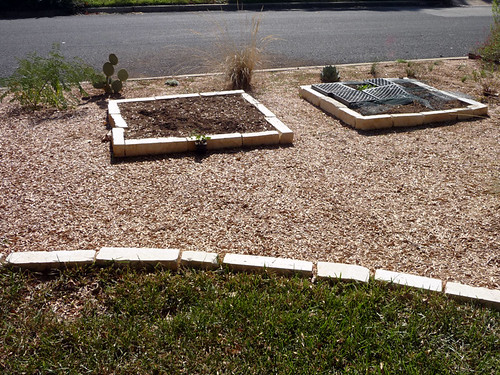
The long view of the planted curbside area. Not particularly impressive at this size, but most of these plants should fill out by next summer. I'm trying to be patient. The grasses that are mixed in there are Mexican feathergrass, gulf muhly, and the big one is seep muhly (I think).
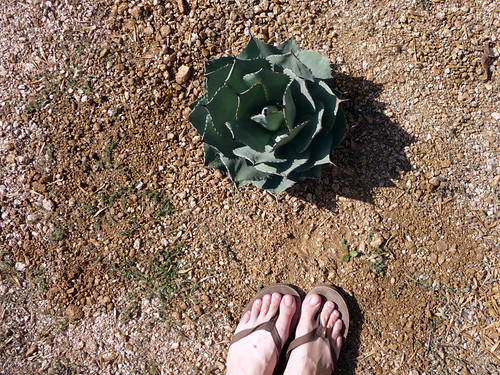
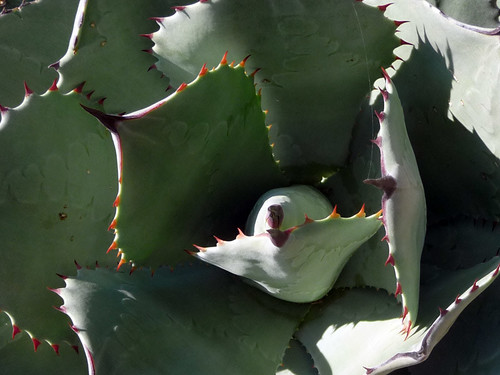
My adorable agave. This one is supposedly slow-growing and maxes out at 3 feet in diameter, which is about all the space it has. Side note: the green groundcover in the decomposed granite is spurge, which I've tried picking out by hand...but not enough. It should die off with the colder weather.


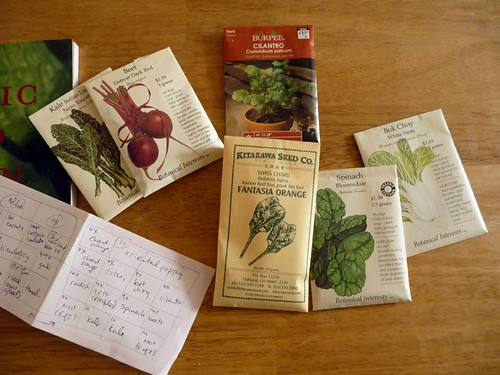


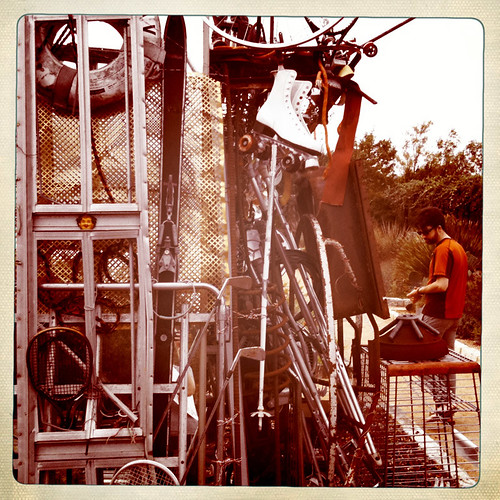
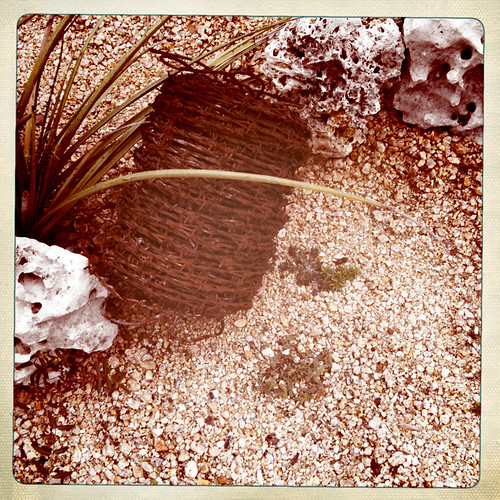
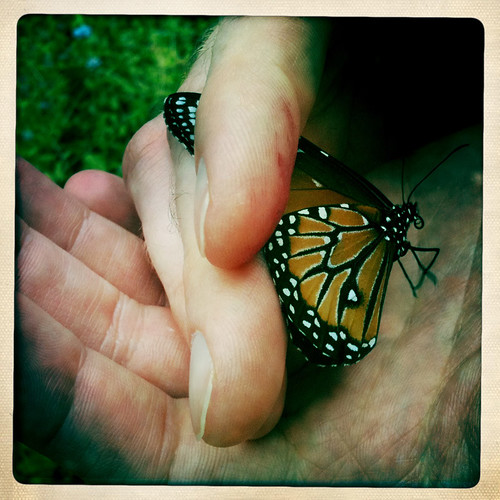
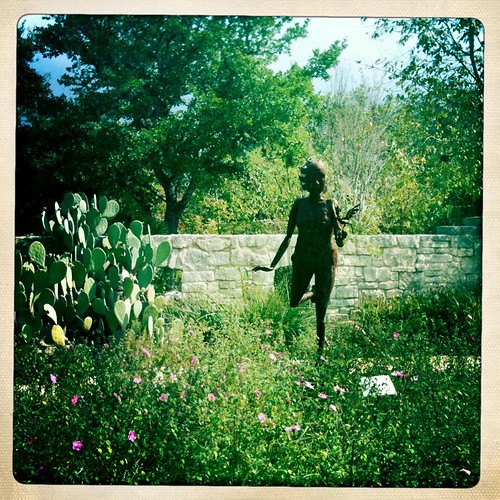















































.JPG)




